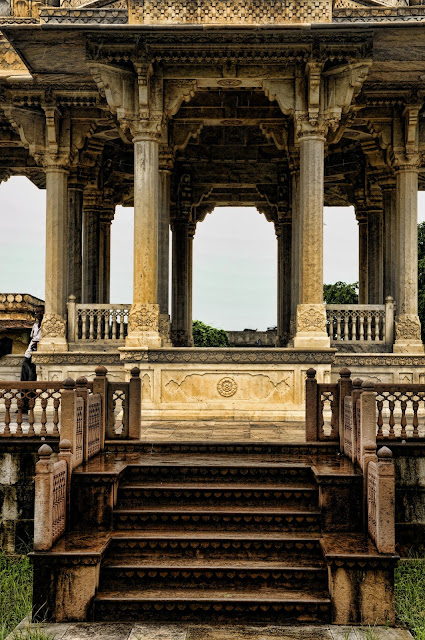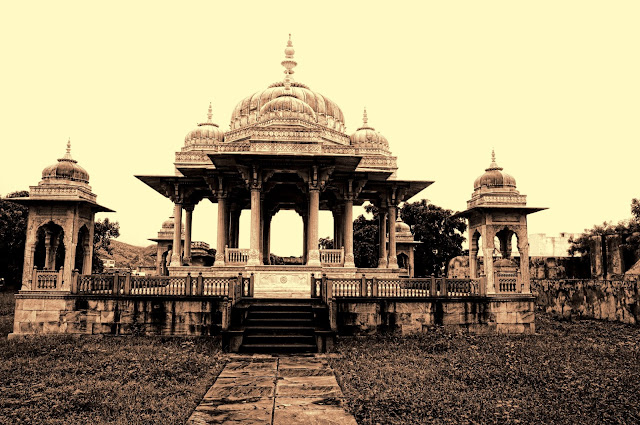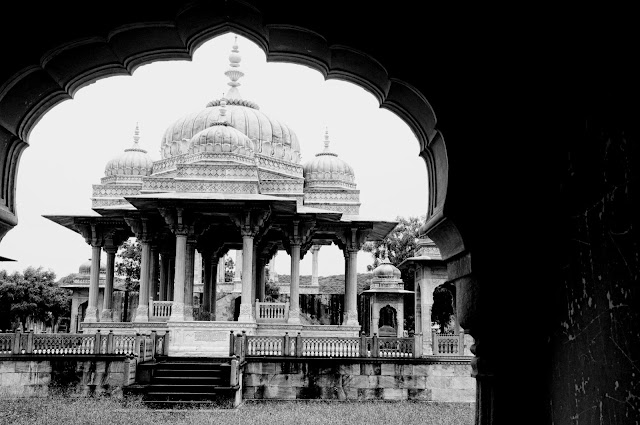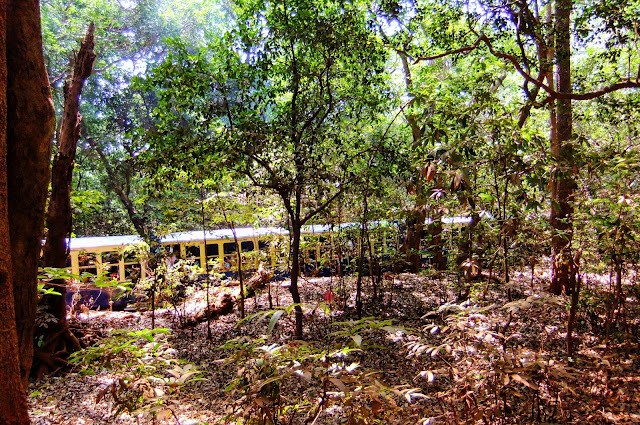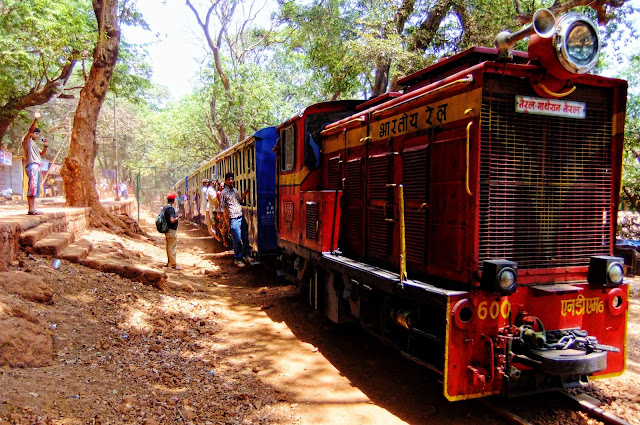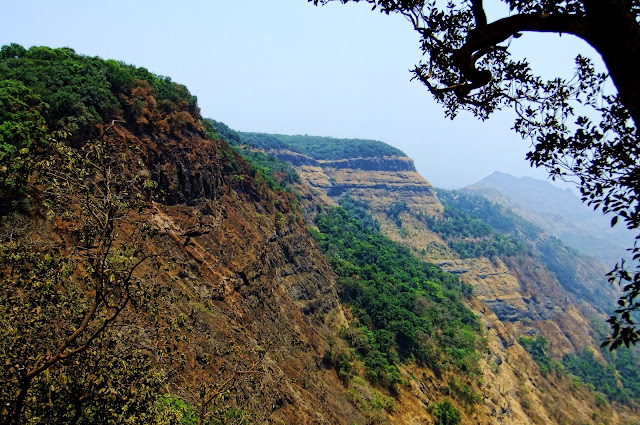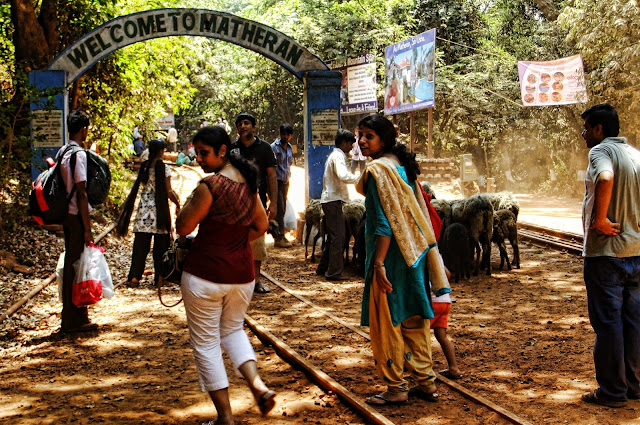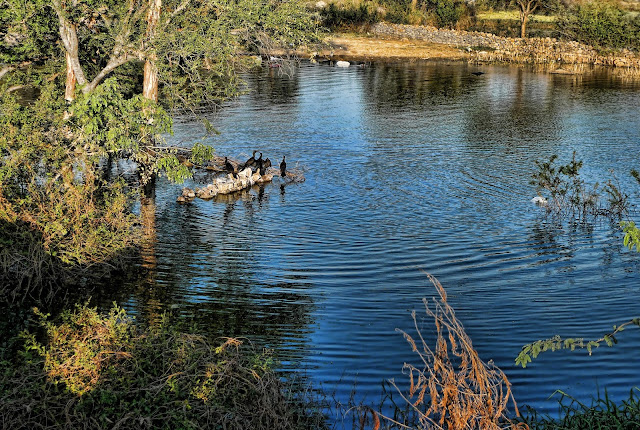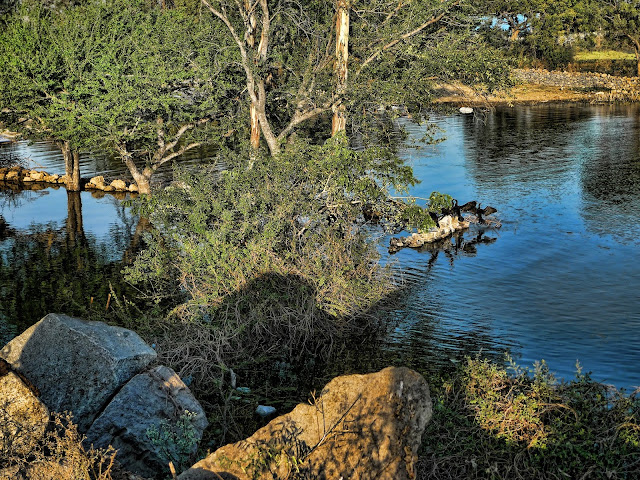On the northern edge of the Jaipur city centre, the walled funerary complex of Royal Gaitor contains the stately marble mausoleums (chhatris) of Jaipur’s ruling family. The Gaitore cenotaphs are located 15km away from Jaipur. It is here that many rulers of Jaipur were cremated and their chhatris were constructed. A very quiet and small place which only the locals seem to know. Tombs are all individual with beautiful stone carvings and architecture. Set in a narrow valley, the cenotaphs of the former rulers of Jaipur consist of the somewhat typical chhatri or umbrella-shaped memorials.
The compound consists of two main courtyards, each crammed full of imposing memorials. The first (and more modern) courtyard is dominated by the grandiose twentieth-century cenotaph of Madho Singh II (d.1922). Sawai Jai Singh II's Chhatri is particularly noteworthy because of the carvings that have been used to embellish it. It is the most impressive marble cenotaph, with a dome supported by 20 carved pillars. The second, older, courtyard is home to the elaborate tomb of Jai Singh II (d. 1743), the founder of Jaipur and the first ruler to be interred at Gaitor. The stone monuments are beautifully and intricately carved. Maharajas Pratap Singh, Madho Singh II and Jai Singh II, among others, are honoured here.




